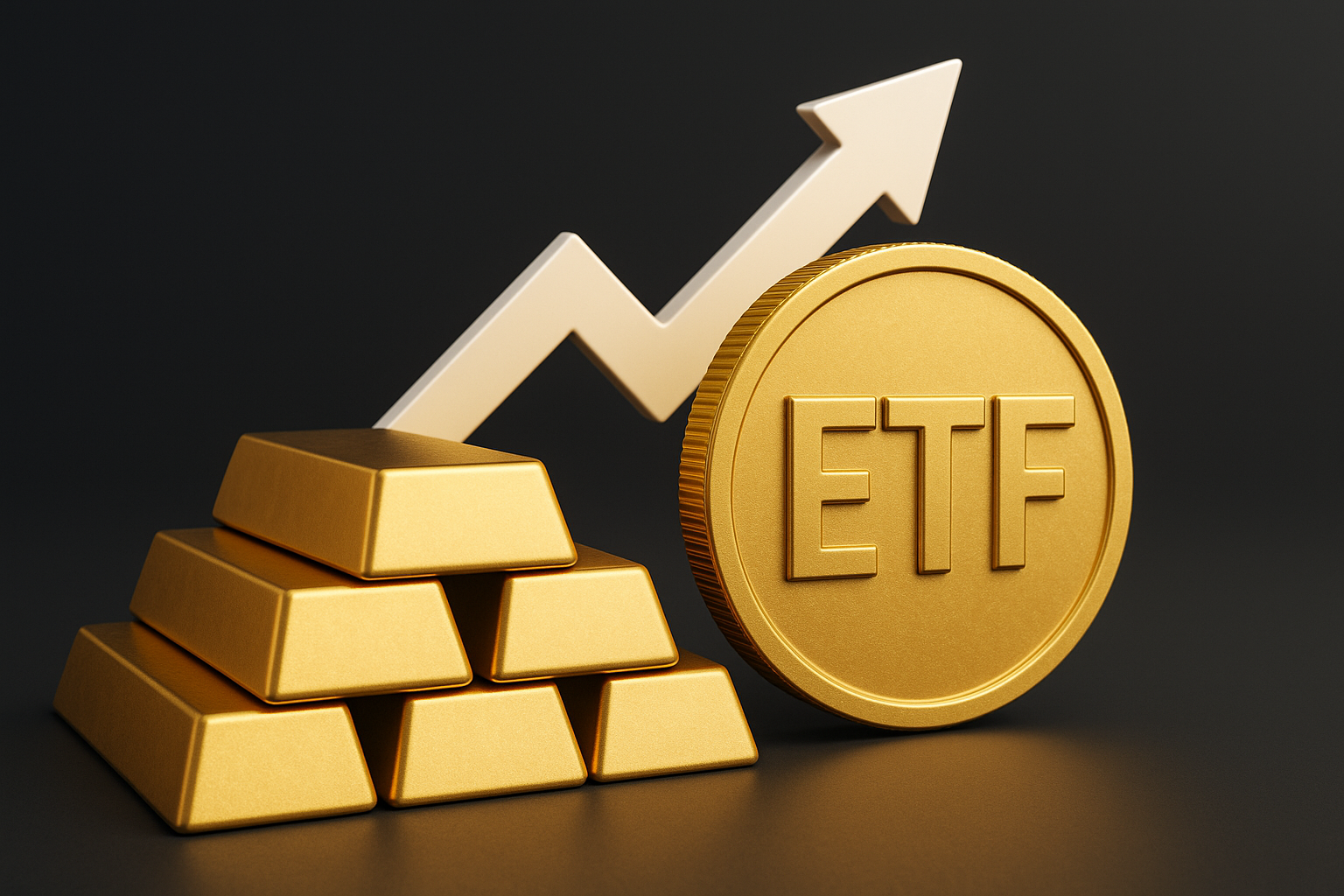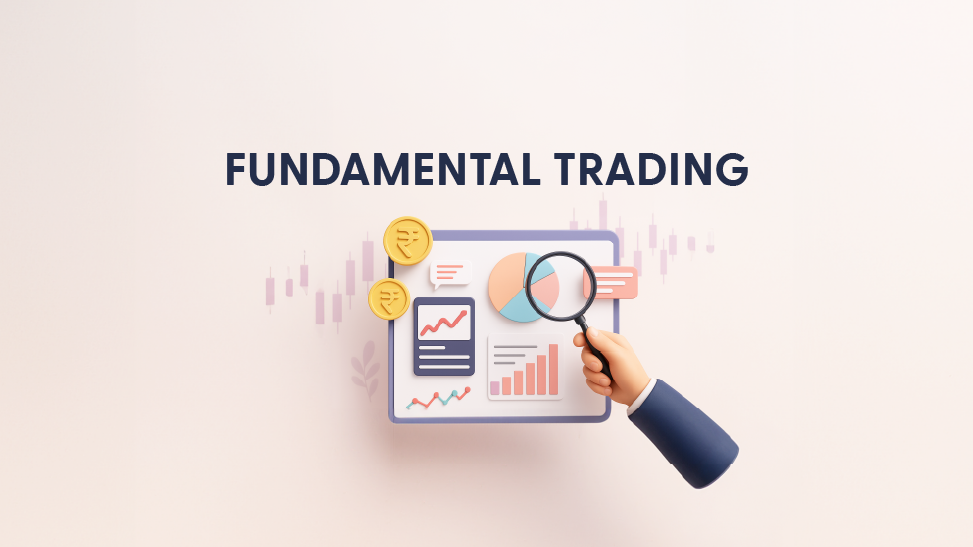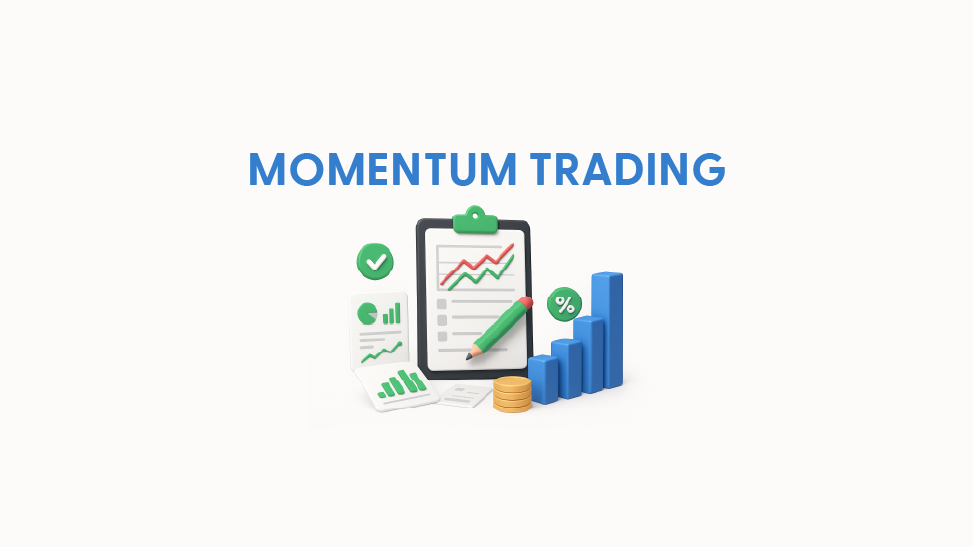- Home
- Blog
- Mutual Funds
- Gold ETFs: A Better Investment Than Physical Gold
- Gold ETFs: A Better Investment Than Physical Gold
Gold ETFs: A Better Investment Than Physical Gold

- Published Date: October 28, 2025
- Updated Date: October 28, 2025
- By Team Choice
Gold holds a special place in Indian society. For centuries, it has been a symbol of wealth, prosperity, and cultural heritage. From weddings to religious festivals, gold is deeply ingrained in Indian life. It’s no surprise that Indian families collectively hold an estimated 25,000 tons of gold, the largest private gold holding in the world. While this conventional liking for physical bullion persists, a new alternative has emerged for investors: Gold Exchange Traded Funds (ETFs).
What Is a Gold ETF?
A Gold ETF or Exchange Traded Fund is a listed investment fund that attempts to track the price of physical gold. A unit in a Gold ETF typically owns a small slice of 99.5% pure gold stored in secure vaults. These units are bought and sold through an ordinary demat and trading account, like shares. A Gold ETF enables you to own gold in electronic form without actually holding the metal.
Purity and Quality
You are assured of purity if you buy Ga old ETF. Each unit is backed by fund houses with good-quality gold (24K, 99.5% pure) held in your name. Purity in physical gold is not guaranteed. The jewelry will not be 24K pure, and even coins or bars will not be the purity claimed if bought from unreliable parties. Purity in Gold ETFs is guaranteed and tested, and hence there is no risk of being given bad-quality gold.
Storage and Security
Physical gold carries with it storage and security expenses. You might have to lease a home safe or bank locker, and there is always a risk of loss or theft. Gold ETFs eliminate these problems. The gold is held by the fund custodian in extremely secure vaults, and nothing needs to be stored by the investor. This means no storage cost, no insurance charges for protection, and the knowledge that your investment is secure. Gold ETFs are regulated by the Securities and Exchange Board of India (SEBI), meaning very robust regulation and protection of investors.
Liquidity and Convenience
Gold ETFs have more liquidity. You can sell or purchase units of an ETF any day the stock market is open, at transparent market prices, with a click. To sell physical gold, you have to go out and visit a dealer or a jeweller, and you don't necessarily get the full market price (discounts for impurities, charges for making it into a piece of jewellery, or dealer margins are common). The liquidity of Gold ETFs enables you to exchange your gold position into cash at short notice or vice versa with low resistance. This makes Gold ETFs very useful for investors who may need to rebalance portfolios or raise cash urgently.
Cost Efficiency
Gold investing through ETFs is generally less expensive than buying physical gold. Gold ETFs do not involve paying making charges or design premiums. In case you buy physical gold jewellery, you can end up paying 5-20% extra above the gold cost as making charges, which you hardly ever see coming back to you when you sell. In Gold ETFs, you are charged almost the actual gold price (a modest fund management fee built into the ETF). And, purchasing physical gold in India comes with a 3% Goods and Services Tax (GST), which leaves you with additional expenses immediately. Gold ETFs do not levy GST, which saves you that expense. Ultimately, these savings get you more of your money invested in gold rather than taxes or fees.
Tax Implications
Long–Long-term capital gains (LTCG) on Gold ETFS held for a period of more than 12 months will be charged at 12.5% without indexation. Whereas, the Short-term Capital Gains (STCG) will be charged according to your income slab.
Conclusion – A New Efficient Option
Gold will continue to possess emotional and cultural impact in India. To invest, Gold ETFs provide an improved, more effective, and more modern answer. They provide guaranteed purity, eliminate storage and security costs, are highly liquid, economical and transparent. Indian investors, whether retail investors or high-net-worth investors (HNIs), can take these advantages. In an era where convenience and efficiency prevail, Gold ETFs allow you to possess the sparkle of gold in your portfolio without the hassle of physical ownership. By investing in Gold ETFs rather than physical gold, you're choosing a smart way of preserving wealth in gold, making your investment journey much simpler.
Recommended for you

Copper Price Forecast for Next Week

Indian Stock Market Prediction For Next Week

Fundamental Trading: Meaning, Strategies, Tools & Best Practices
